

As the pandemic spread across the world, we sought refuge at our children’s apartment in the Netherlands to bid out the lock-downs occurring throughout Europe. However, once the lockdowns were lifted and the strict laws of the Schengen area were closing in, we knew it was time to find our next destination.
The Schengen Area is a border-free area within 25 different European countries where the laws revolving around how long a person can reside within those borders are stringent. As a non-citizen, you cannot stay within any of those areas for over 90 days in every 180 days. Philipp being from the Netherlands did not worry, but I am not. So, we had to exercise great caution not to exceed our stay.
But with the current state of the Corona Virus and no real understanding behind how it spreads, many countries have limited entrance. It makes it difficult to travel, but we could not break the Schengen rules.
So, after days and days of looking at all the directions we could go, looking at the bubbles where we could travel, the options were down to a few Turkey or Balkans Peninsula.
The Balkans is home to a variety of smaller countries: Albania, Bosnia, Herzegovina, Bulgaria, Croatia, Kosovo, Montenegro, North Macedonia, Romania, Serbia, and Slovenia.
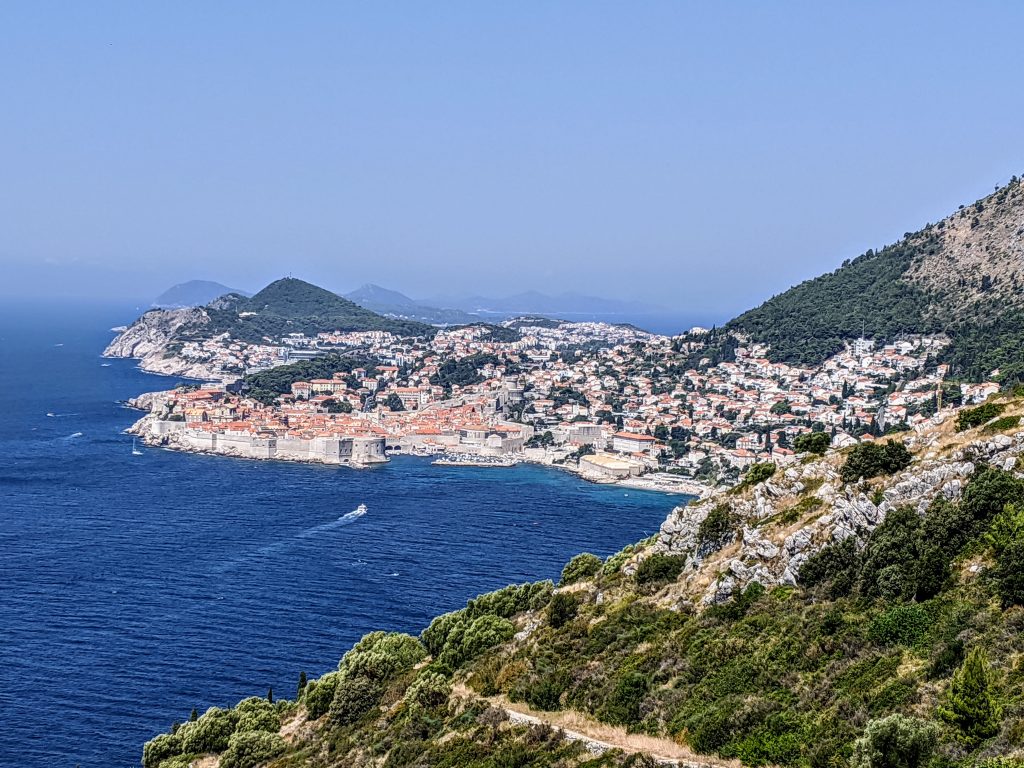
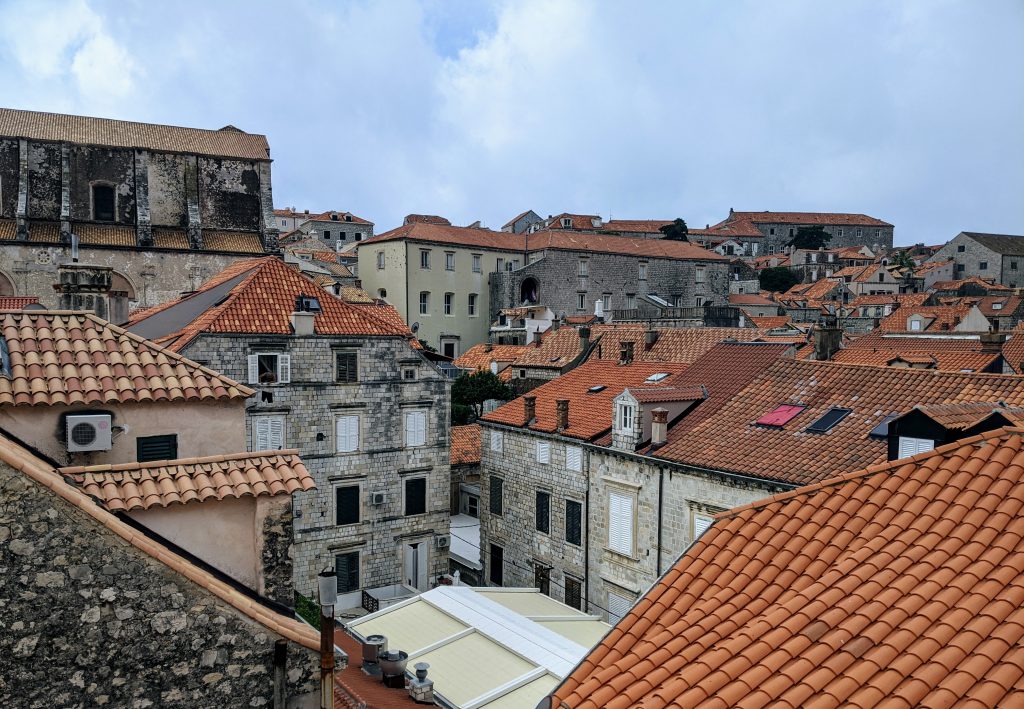
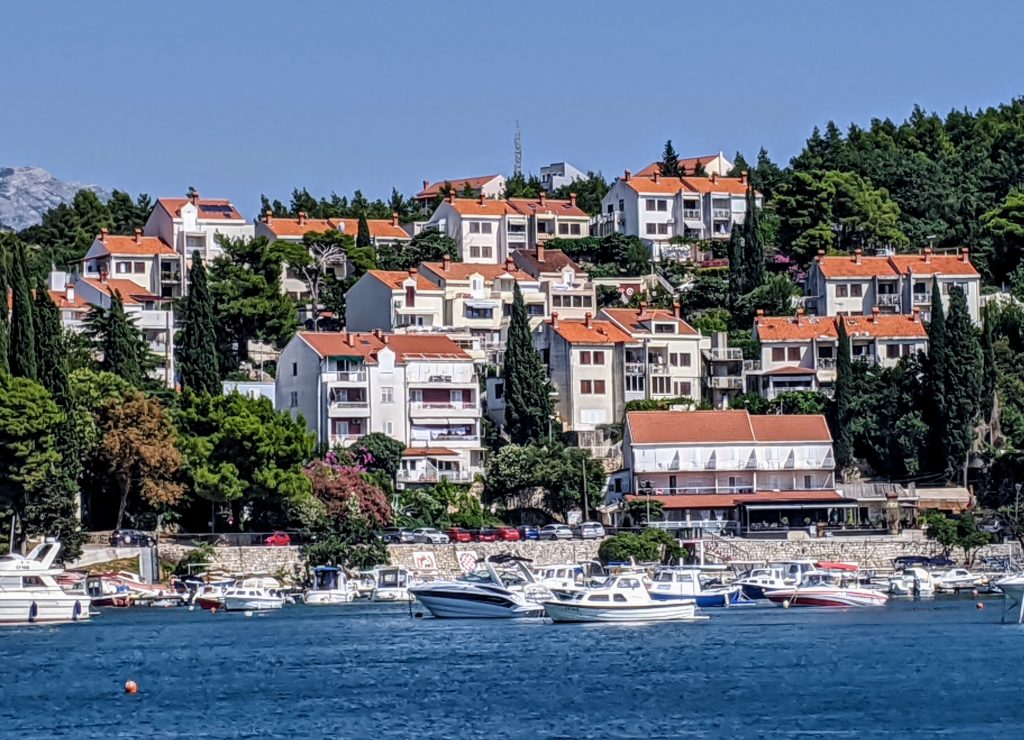
After a lot of thinking and talking over where to go, we decided on Croatia for six weeks, which is much longer than we usually stay in a country. As we planned, we decided that after Croatia, we would attempt to go to Serbia, then Albania, and hopefully end in Turkey. Circling through these areas should fulfill our 90 days out of the Schengen area. The virus has indeed taken over the dictation of where we can and cannot travel, which just shows how deep the roots of this pandemic have grown.
But back to our journey and where to begin in Croatia, this was not a country we had spent much time researching as it was not a country that was on our original wish-list of destinations as it was not a budget-friendly. But as the virus has limited our options, we must go with the flow of travel and adjust. So, we decided to start with Dubrovnik, followed by Split.
As we landed, we could see the gorgeous blue waters, which were a unique drawl for many to this region. Though this was not our first choice, we were excited to be back traveling, back to being able to share our beloved website, LingoHut.
Dubrovnik has drop-dead gorgeous views; around almost every corner, your eyes are exposed to unreal beauty that just knocks you off your feet a little. Throughout our stay, it was quiet and peaceful, which, according to the locals, was unusual for summer here. Summer is the time when tourists flood and overwhelm the cobblestone streets of Dubrovnik as cruise ships docked in the harbor. Dubrovnik is a popular destination for its historic walls and cobblestone streets, and much of the town caters to the tourist economy with remarkably similar foods and inflated prices. It is challenging to find unique, small local places to eat within town unless you are familiar. We did manage to find a few golden nuggets outside of the old town after meeting a few beautiful locals who helped us out. All the restaurants in oldtown had the same vibe, foods, and inflated prices even though they were running COVID specials.
We were lucky, though, that our daughter knew someone from this region who took us out a few times past the Dubrovnik region to small villages to explore how the locals really lived outside the tourist trap of old-town. During our excursions, the food and wine were excellent and unique. I even went outside my comfort zone and indulged in some seafood, which for someone who does not like seafood, it was delicious.
Though we are not a fan of the inflation that many tourist destinations have, we know that places like Dubrovnik rely on tourists to keep their economy churning. And right now, with COVID they are struggling, we know that our visit and our dollars went towards helping in a small way keep them afloat, to help the community during these unknown times.
As the end of our two weeks had closed in, we got ready to head to Split, our next stop in our Croatian journey. We spent most of the day traveling on a ferry that was about a 4 ½ hour ride from Dubrovnik to Split. Arriving in the evening, we were immediately embraced with a different, more lively culture. We could hear music coming from bars and restaurants, a complete difference from the quietness of Dubrovnik.
As we docked, we were thankful the hotel had sent someone to pick us up. We could see how at night, one unfamiliar with the area could get disoriented. Thankfully, Marco, our hotel guide, lead us on a quick walk to our accommodations. Just from our brief encounters with the town, we knew this city would be different.
Split is the second-largest city in Croatia that resides along the Adriatic Sea. And unlike touristy Dubrovnik, Split had a more authentic feel to it though its beauty does come second to its sister, Dubrovnik.
As we wandered through the town, we found a sweet harmony of old and new, an almost perfect balance. We could feel the buzz of the city, a buzz of a lived-in, alive, and flourishing community. We got an entirely different feeling from Split then that of a pure tourist destination.
We were lucky to meet a lot of locals and that not every person was a tourist. Meeting the people who live in these communities is what makes what we do fun and an experience that we want to have so we can learn more about the culture, so we can share it with others we meet.
Getting to know the locals allowed us to see the real Dalmatian lifestyle between the diverse, unique menus at the local restaurants giving us the authentic dishes we lacked in Dubrovnik and the lively atmosphere.
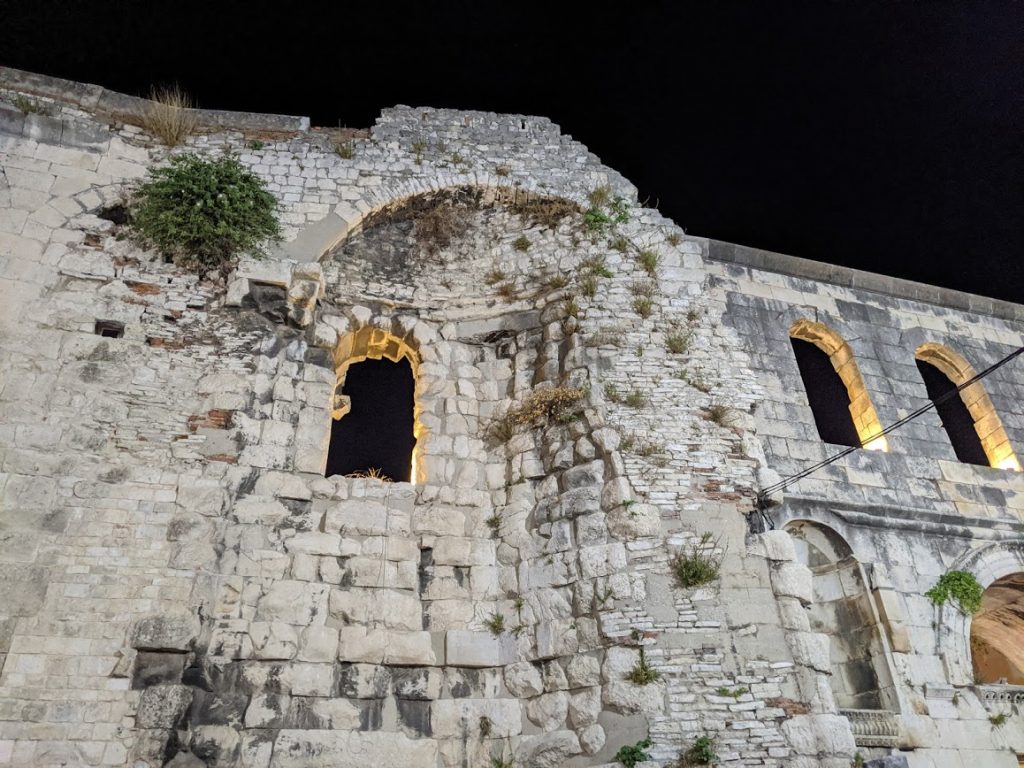
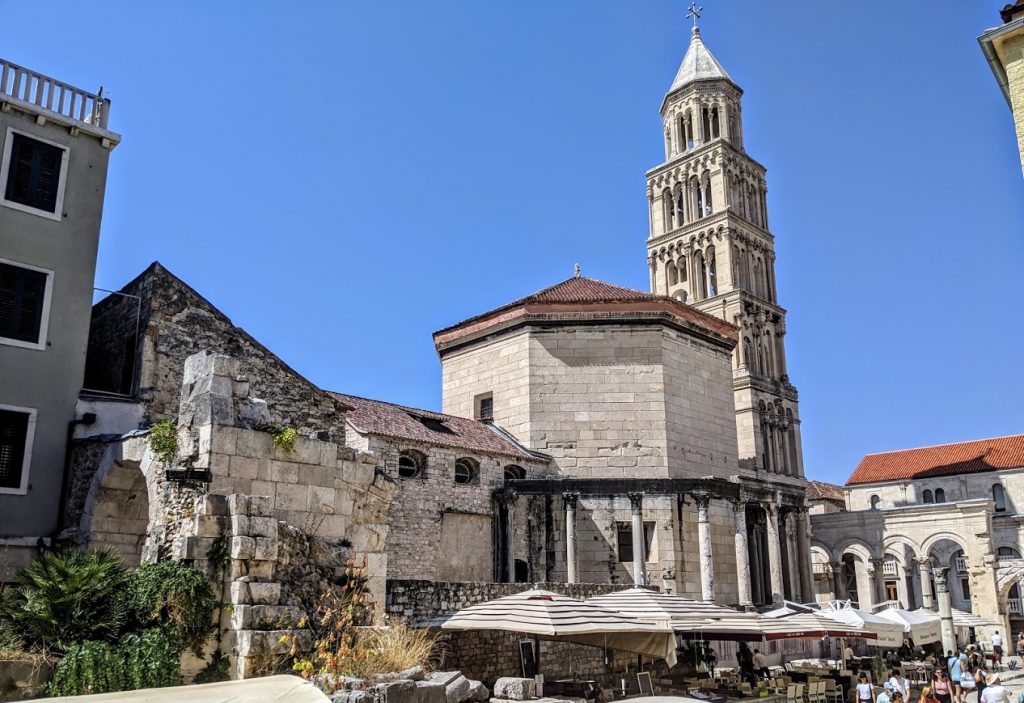
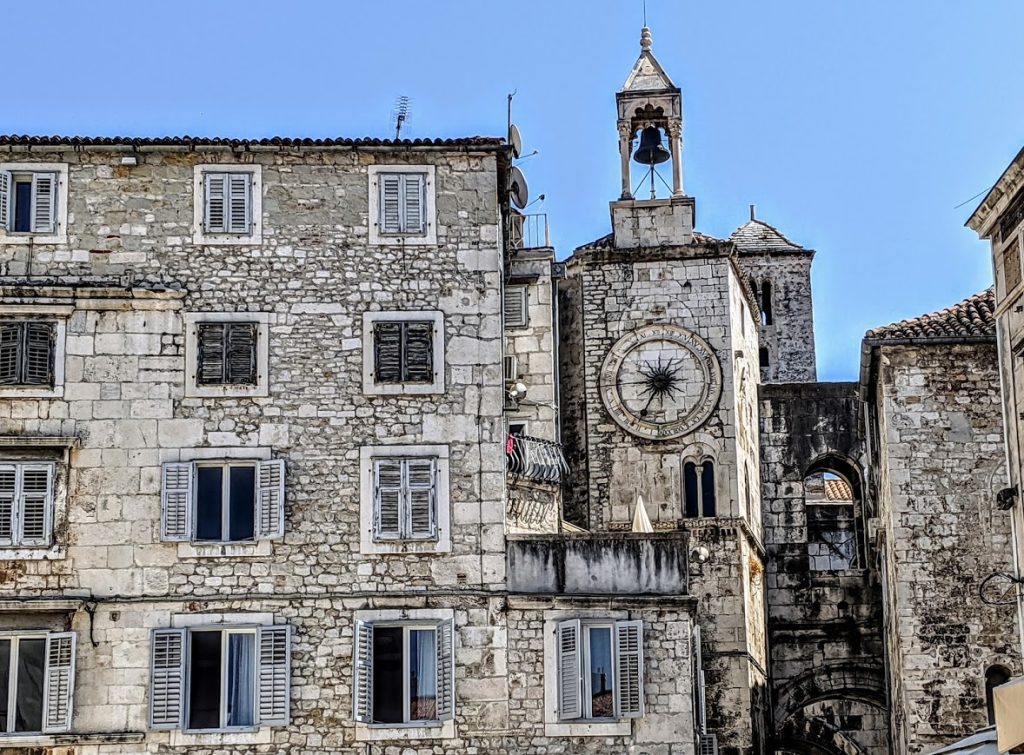
Though Philipp and my experiences with Split were mainly nightly based as we spent most of our day promoting LingoHut and maintaining our website. Each night we would go and have a great time exploring new places, meeting people, and indulging in the atmosphere. Split had been much more affordable than Dubrovnik for us, although the locals spoke of how it was still changing, moving away from a budget-friendly to a more touristy climate.
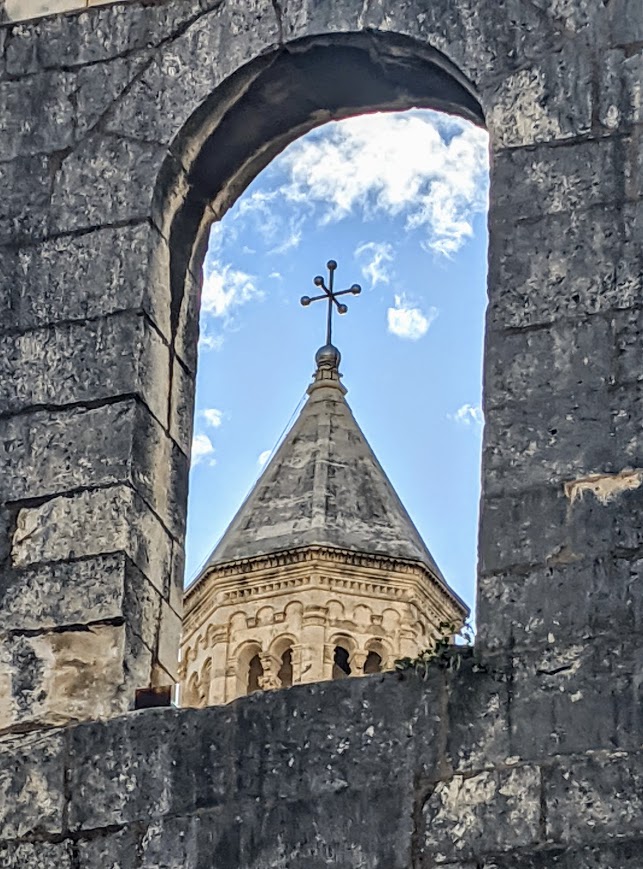
But as always, our time in Split ended, and we headed out towards our next stop in Croatia, Zagreb. As led away from Split, we could reflect on the positive differences between Dubrovnik and Split. Split gave us the authentic vibe we were seeking, a budget-friendly authentic selection of restaurants, and a variety of local experiences that we did not have in Dubrovnik.
But as we travel to Zagreb, the uncertainty of our plans outside the Schengen area become a bit cloudier as the pandemic keeps altering what bubble of countries we can visit. So, hold onto your britches and stayed tuned as we may head back to Split before our 90 days are up; if that doesn’t speak for how much we loved it, I don’t know what else will.